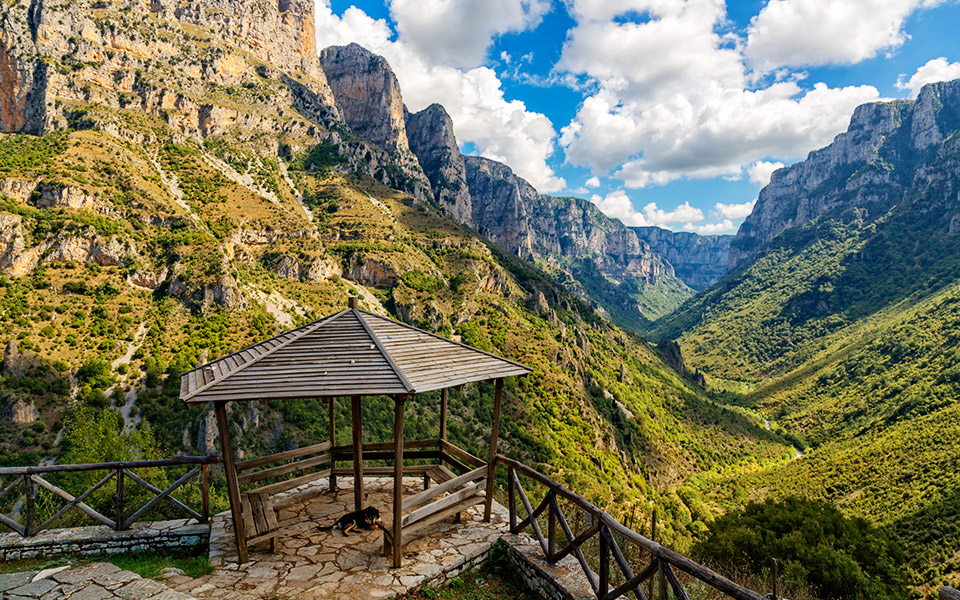Spring arrives a little later in the mountains of Epirus and it hangs around a little longer, meaning that even as the rest of the country gears up for the hot, dry summer, the area of Zagori is still bursting with the colors and exuberance of spring.
Here are 5 reasons this is one of the best seasons to visit the charming villages of Mikro and Megalo (Big and Small) Papigo in the heart of this mountainous region:
1. The sights and sounds of spring in an idyllic mountain location with all the amenities
Here you will wake in the morning to the sound of birdsong and as you gaze out the window, wherever you look you will see mountain slopes covered in spring blooms. Two of the most famous stone-built villages are Megalo and Mikro Papigo. Located an altitude of 950m and 1,050m respectively, they combine incredible landscapes with high-quality stays at top hotels and guesthouses. Enjoy spectacular views of the rocky Astraka Towers and the Vikos Gorge, Zagori’s excellent local cuisine and products, spa experiences and, above all, the warm hospitality of the locals, who are deeply connected to the land.
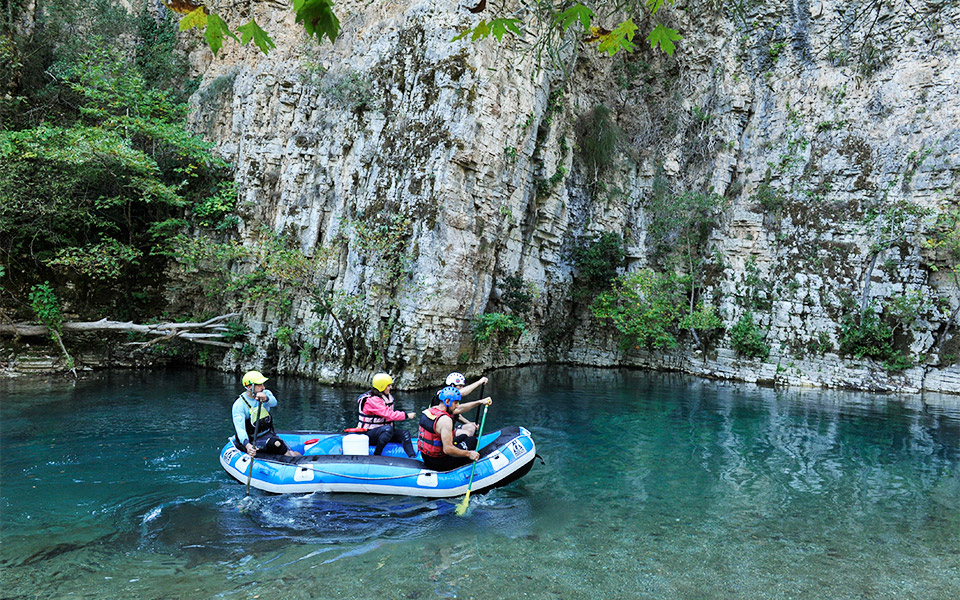
© Vangelis Zavos
2. Rafting and river trekking on the Voidomatis river
As the snow on the peaks melts, water cascades down the mountain slopes and feeds into the Voidomatis. With the water level at its highest in the spring, the river is at its best for rafting or for bracing plunges into crisp blue waters so clean you can drink from them. Alternatively visit the river via the hiking on the trail that runs alongside it through the trees. Wagtails, Αudouin gulls, and many other birds fill the forest with chattering life, and the first swallows will soon arrive.
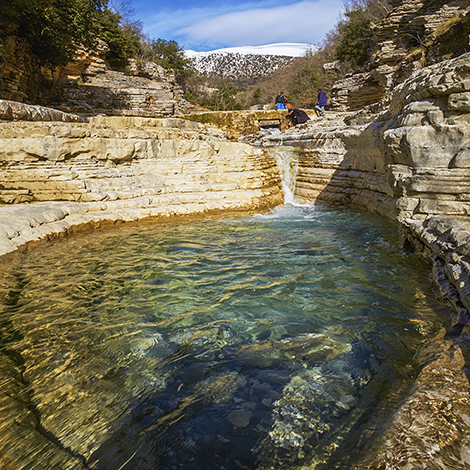
© Pericles Merakos
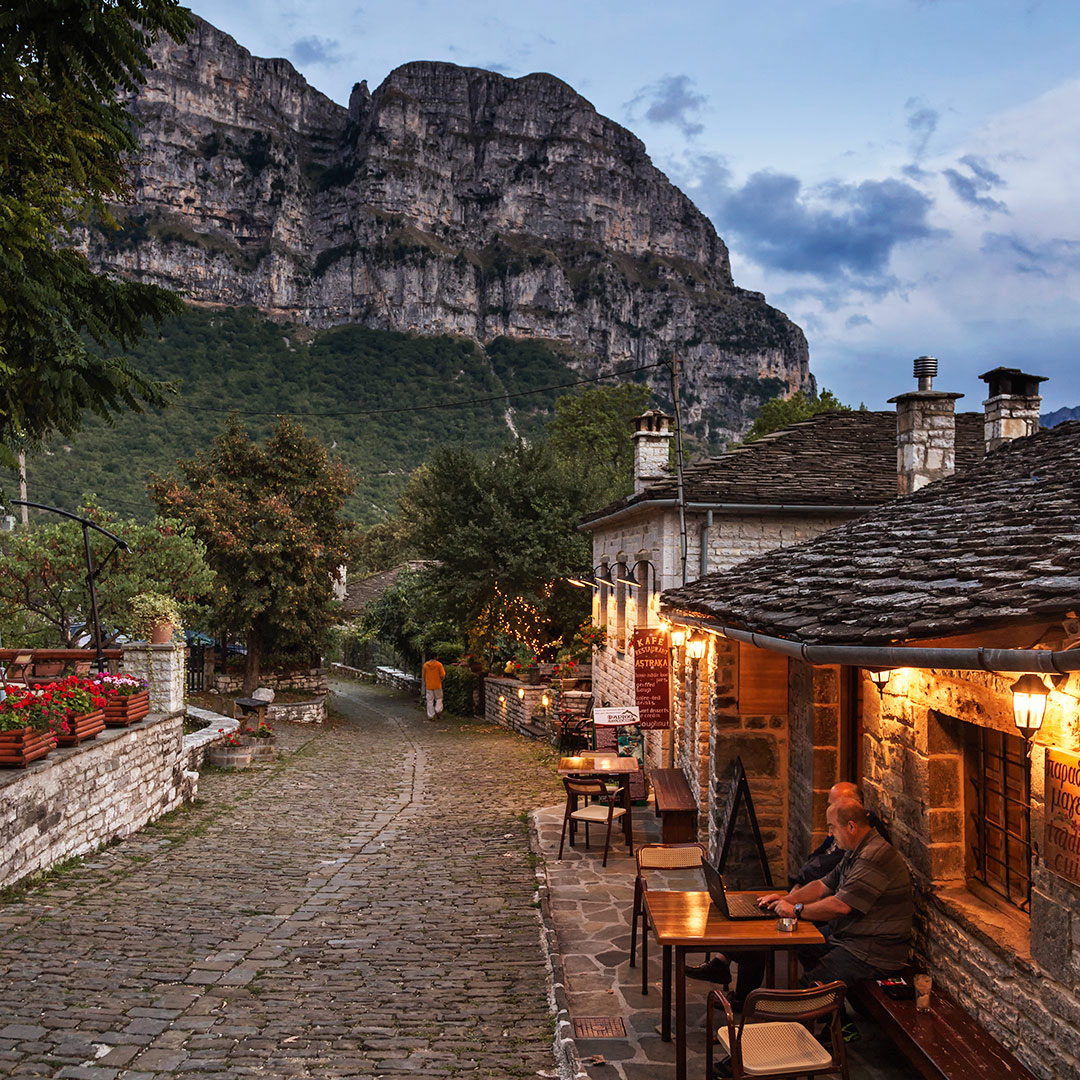
© Pericles Merakos
3. The Kolimbithres
About 500 meters from Mikro Papigo you will see the ovires, a delightful natural wonder created by the Rogovos tributary. Here the water has sculpted a small smooth-walled gorge with natural pools. If you’re feeling adventurous, dive in (just remember the water was ice and snow not too long ago)!
4. Hiking the Vikos gorge.
Forget your cell phone (which won’t have any signal anyway), pack some snacks and drinking water and set off for the hike through the gorge which takes about seven hours. As you walk through the pristine natural environment of one of the deepest gorges in the world, you’ll be hit with the fragrant scents of myriad herbs. Thyme, oregano and wild mint are just a few of the estimated 1,500 different species of plants that grow along the gorge.
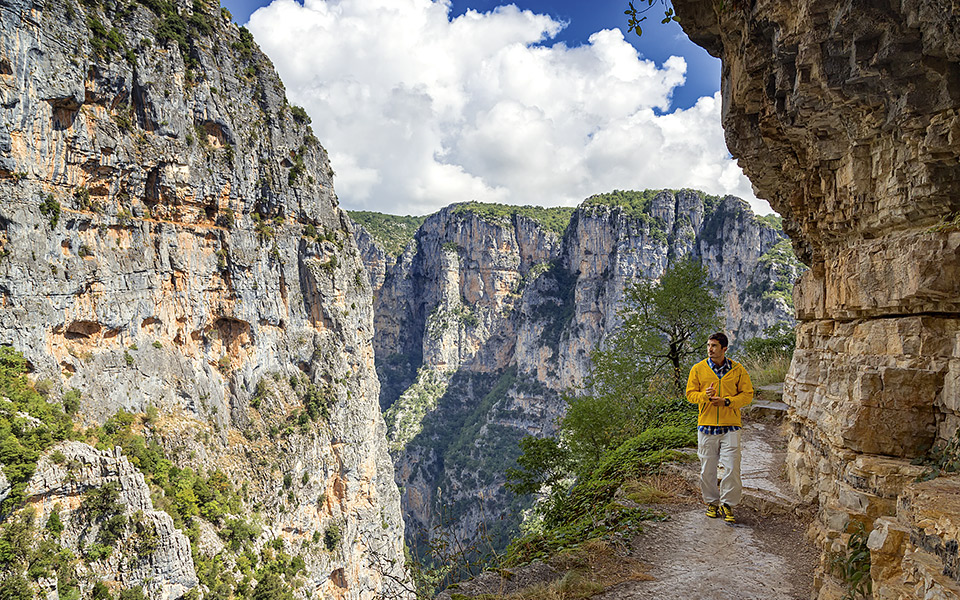
© Pericles Merakos
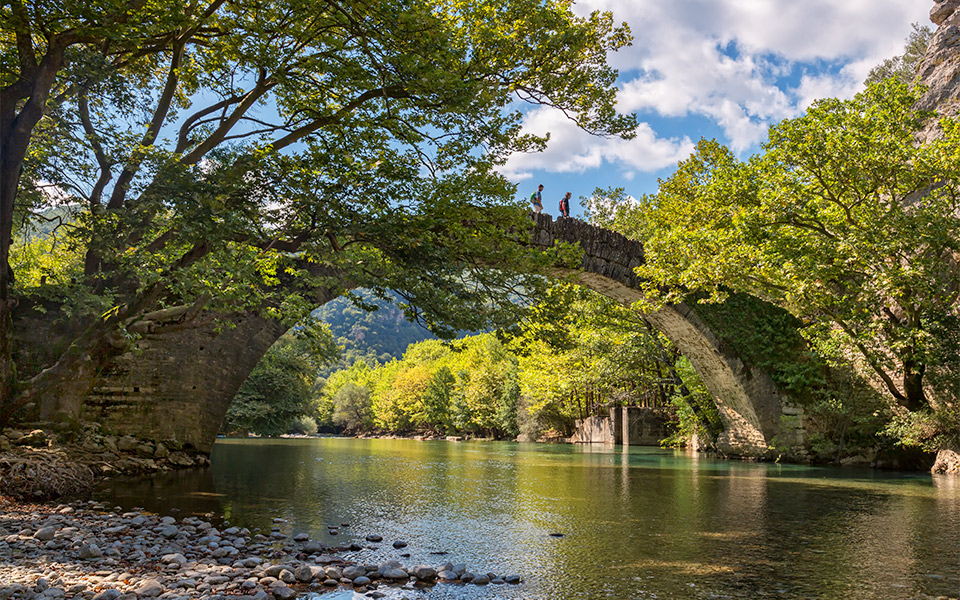
© Pericles Merakos
5. The walks around the villages and old stone bridges.
Each of the villages has its own character and together, they collectively form the Zagorohoria (the villages of Zagori), all built with stone and maintained with loving care. The villages are connected by road and, for hikers, via an extensive and well-marked network of old paths passing over and under old stone bridges. These works of incredible craftsmanship are characteristic of the area and once formed the main transport arteries when muscle power (human or animal) was the only way to get from A to B.

